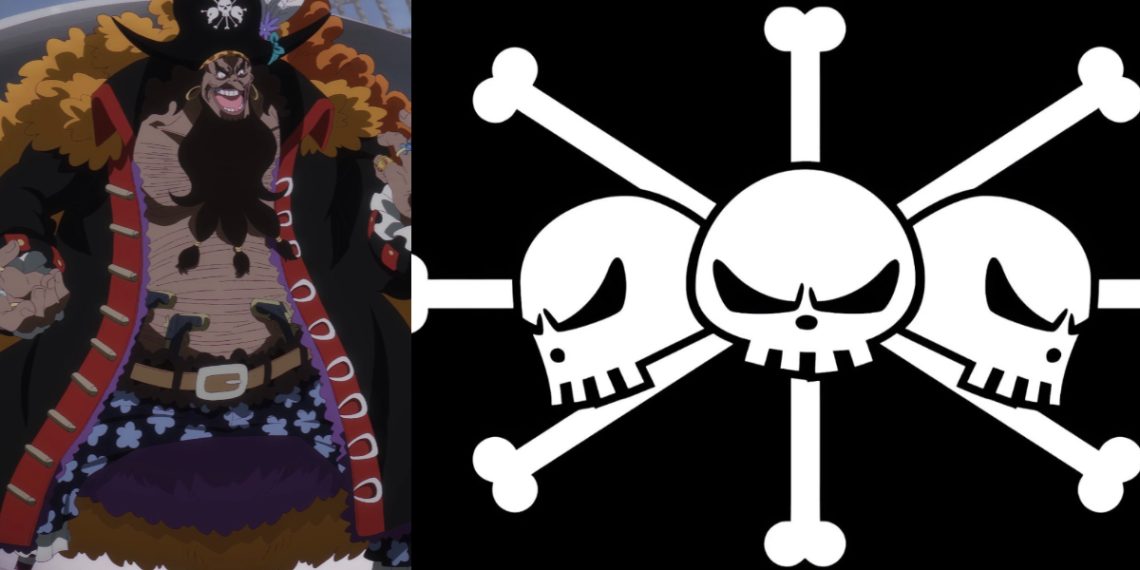Marshall D. Teach, known as Blackbeard, is one of the most enigmatic pirates in One Piece. Series creator Eiichiro Oda has kept most details about him hidden. When first introduced during the Jaya arc, Blackbeard had the unimpressive appearance of an older man who seemed an unlikely pirate.
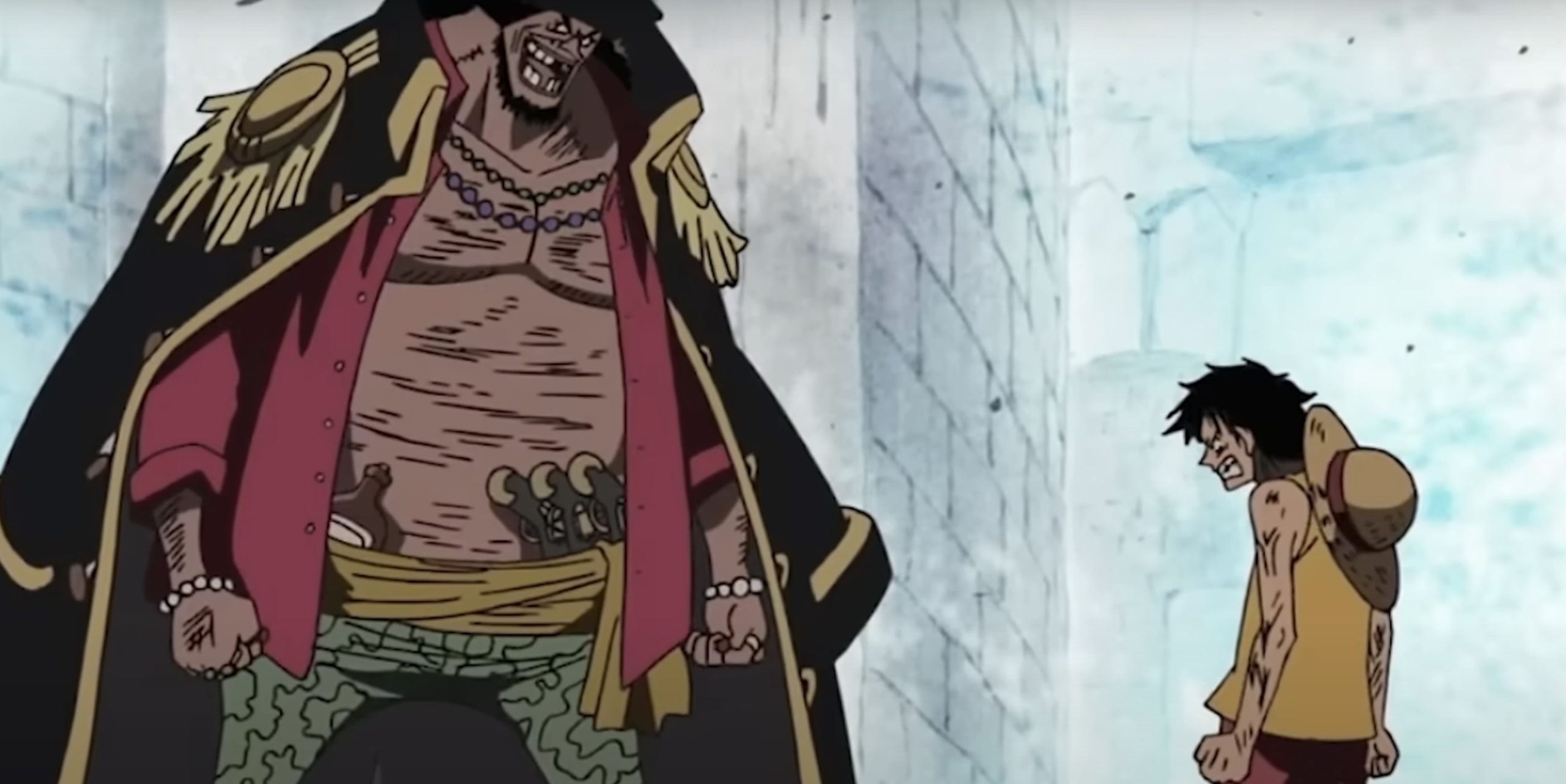
However, in the final saga of One Piece, this outwardly unremarkable man could upend the conflict against Luffy and his crew, as more mysteries about him come to light.
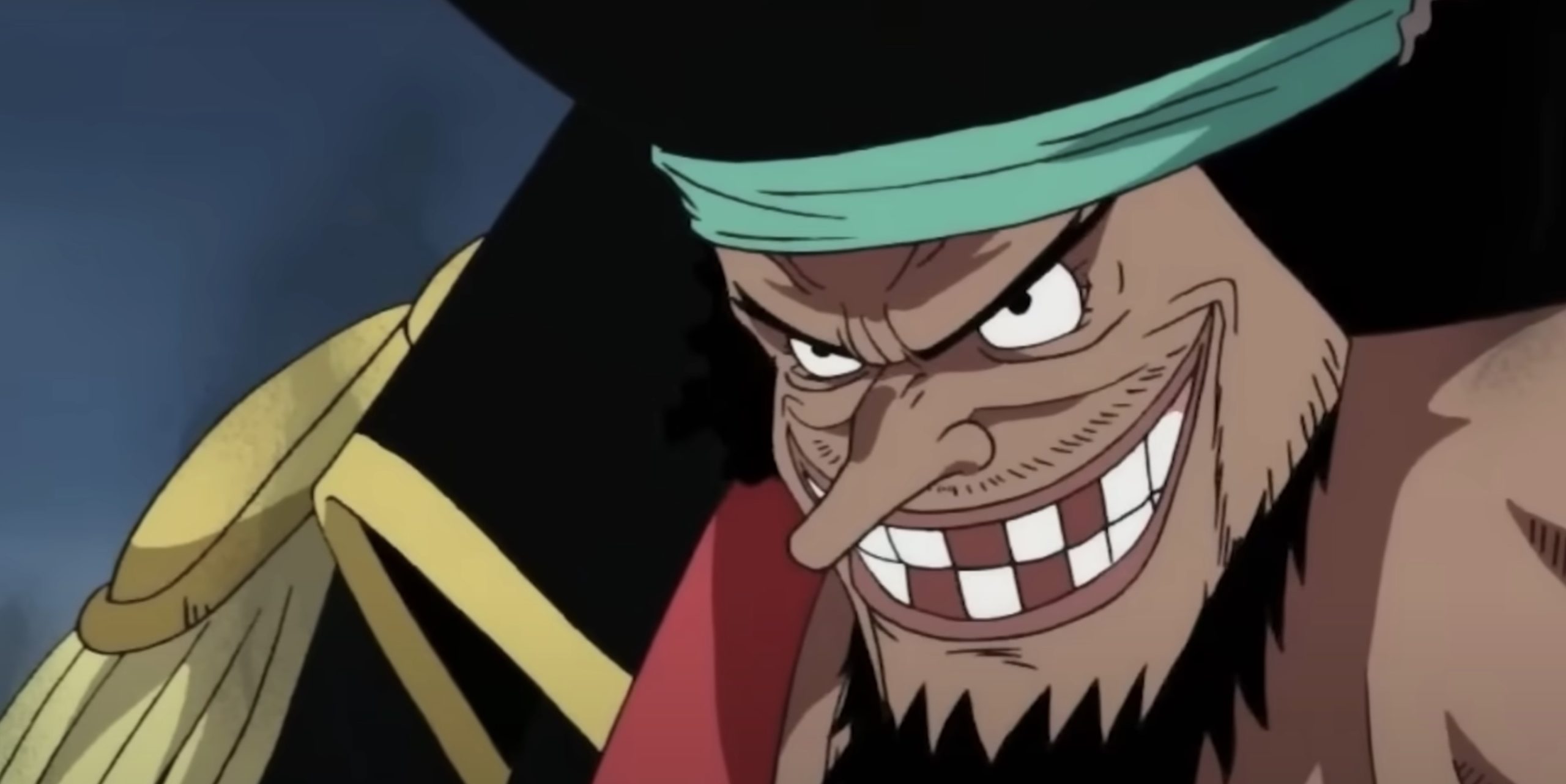
Fans have noticed telling details related to Blackbeard’s pirate crew and Jolly Roger emblem that may reveal major things about his origins – things that readers have overlooked until now.
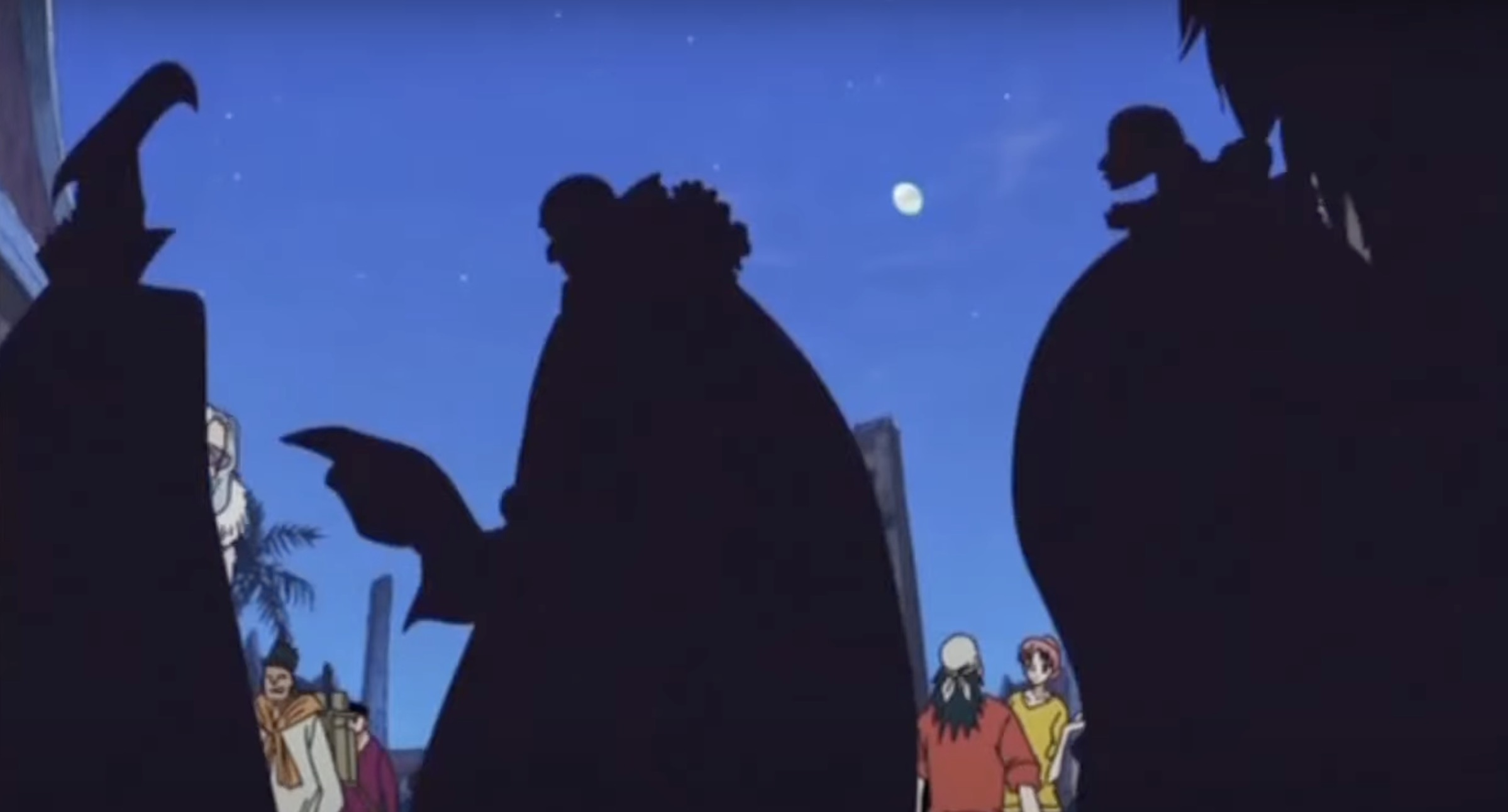
So this theory will connect the dots between this pirate’s background and the symbolism encoded in his Jolly Roger flag.
The Mystery of Blackbeard’s Unusual Physiology in One Piece
Blackbeard’s Jolly Roger flag depicts three skulls fused together, with eight bones protruding from them. This could foreshadow him gaining three devil fruit abilities in the future. But why is Blackbeard’s body portrayed so strangely?
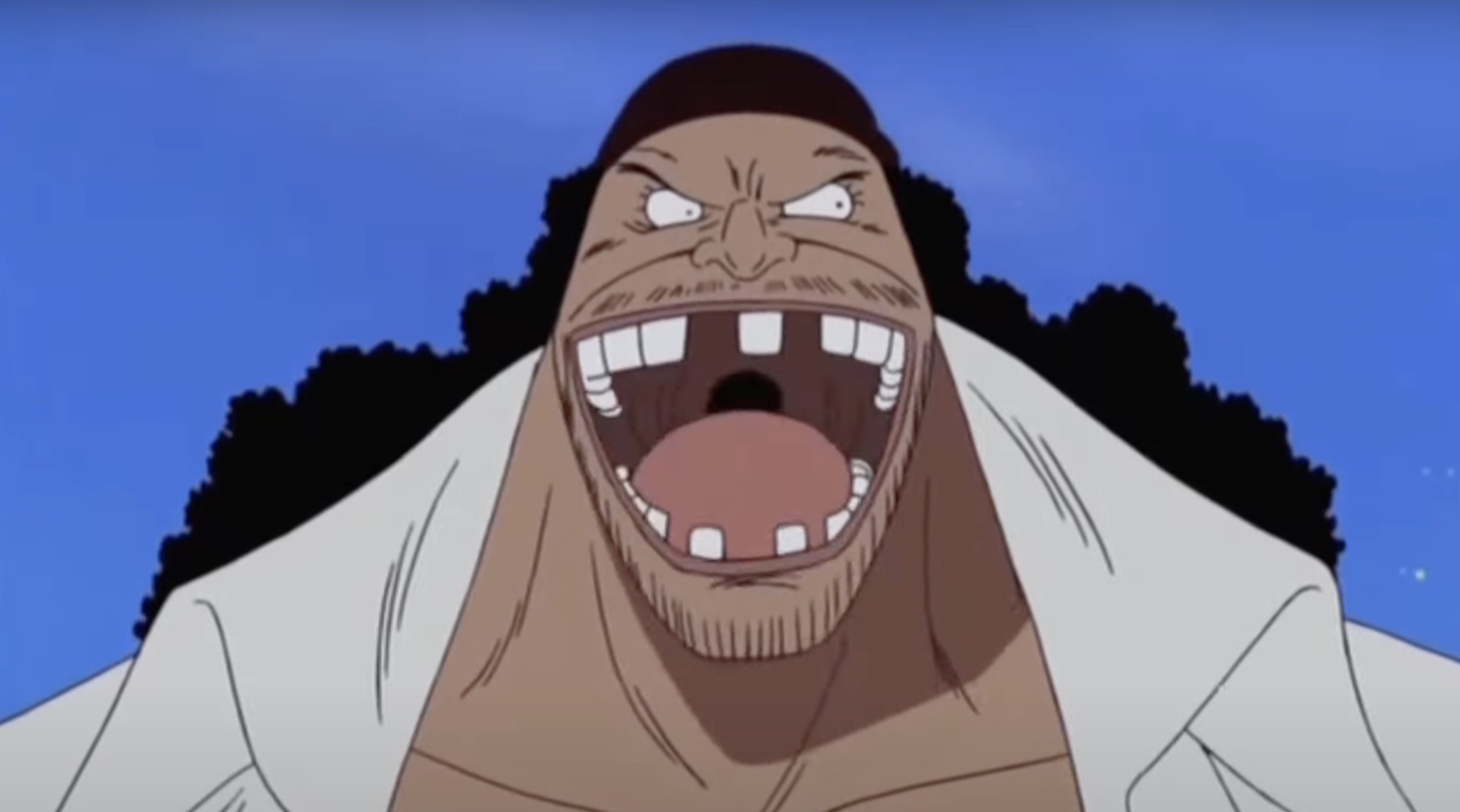
Blackbeard’s unusual physical makeup has been noteworthy from his first One Piece appearance.
During the Jaya arc, after Bellamy’s crew assaults Luffy and Zoro, Blackbeard encourages them as they part ways. Luffy and Zoro oddly describe him as “they” rather than “he.”
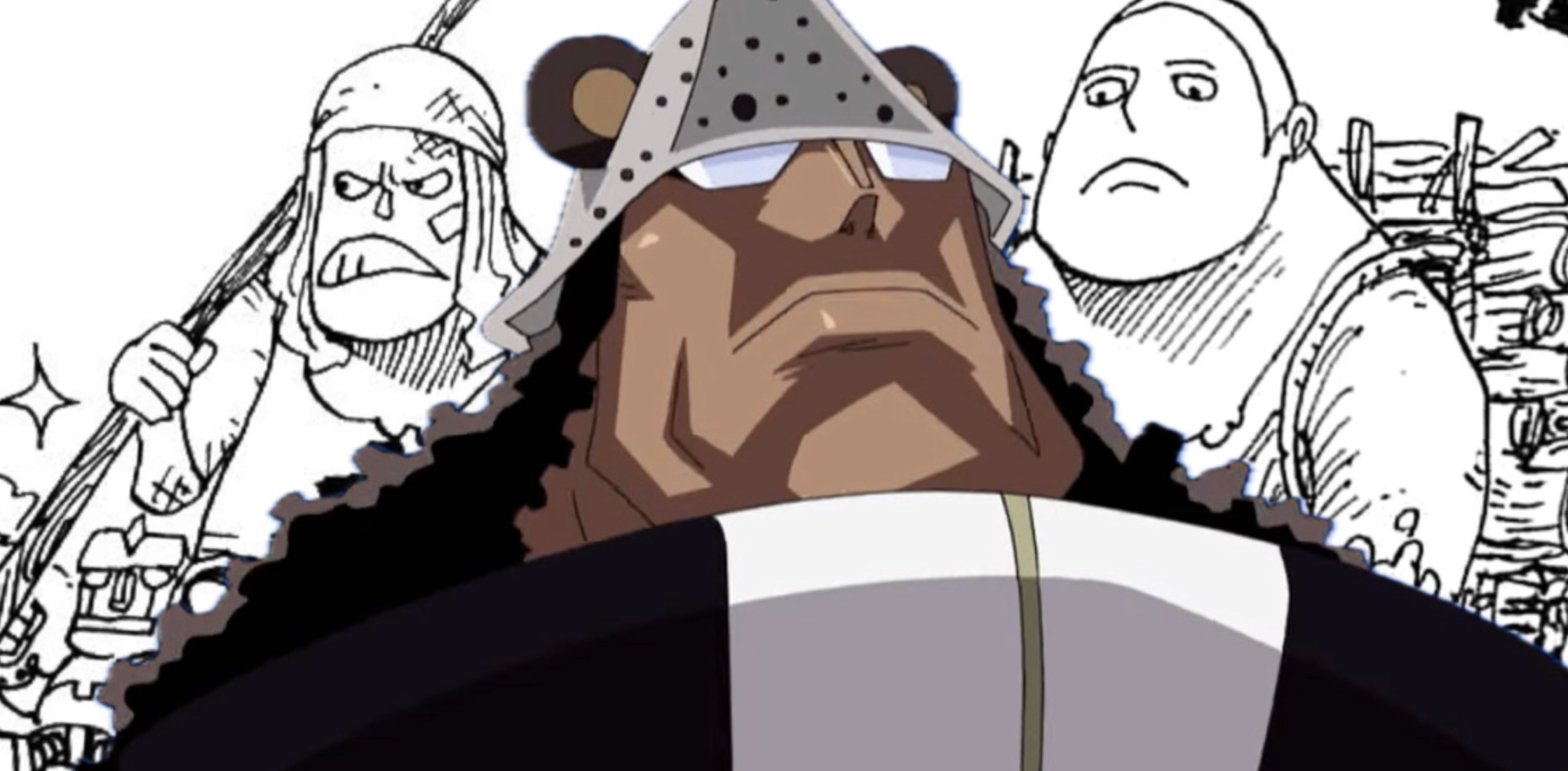
Later, Whitebeard pirate Marco calls Blackbeard’s body “strange,” relating to how he can harbor two devil fruits without ill effect.
At Marineford, Blackbeard steals Whitebeard’s power, giving him two fruits currently.
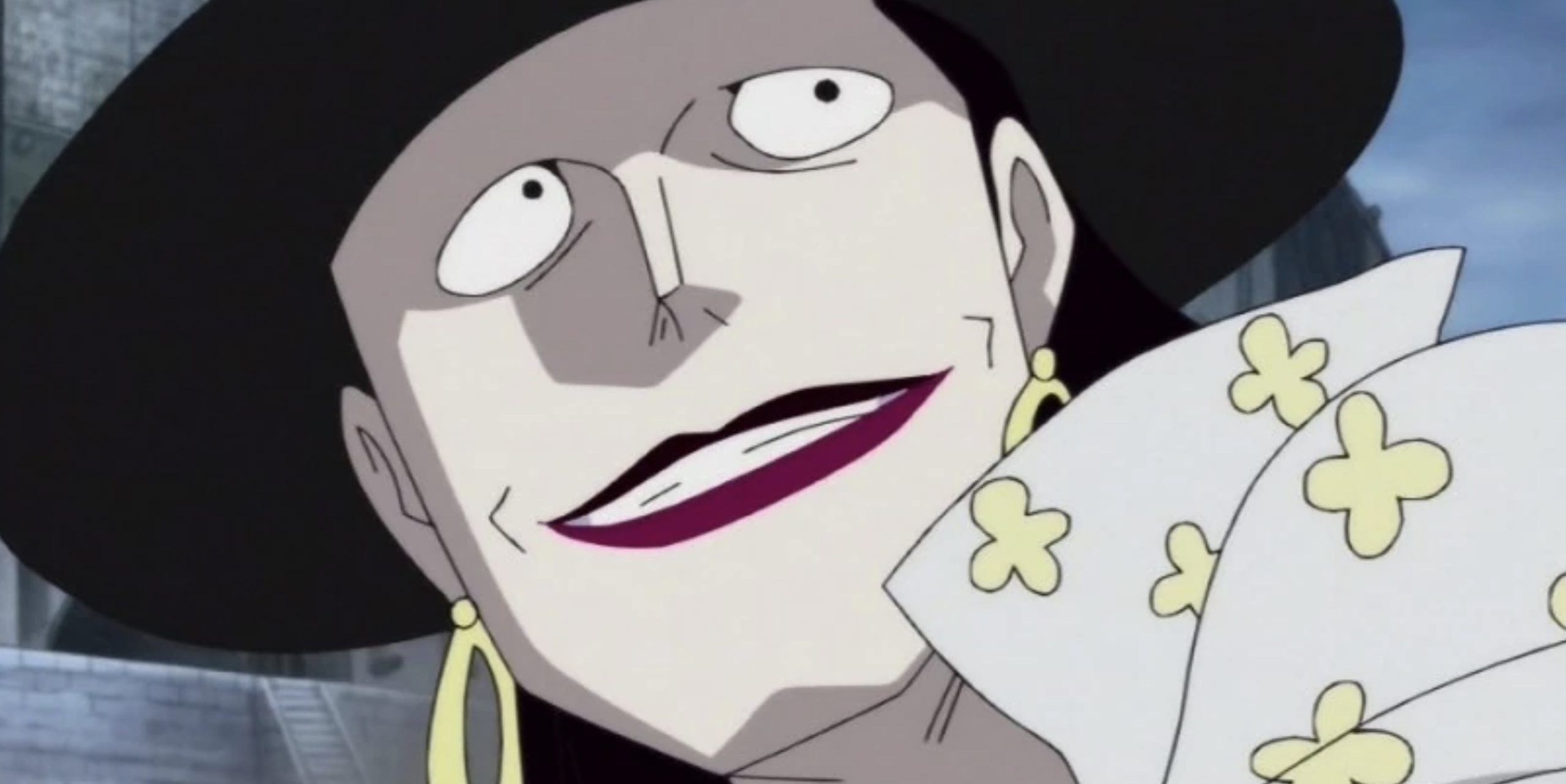
A magazine once revealed Blackbeard had two sisters and a mother as family. Fans speculate his sisters raised him if his mother died when he was young. But as the theory develops, it takes a darker turn.
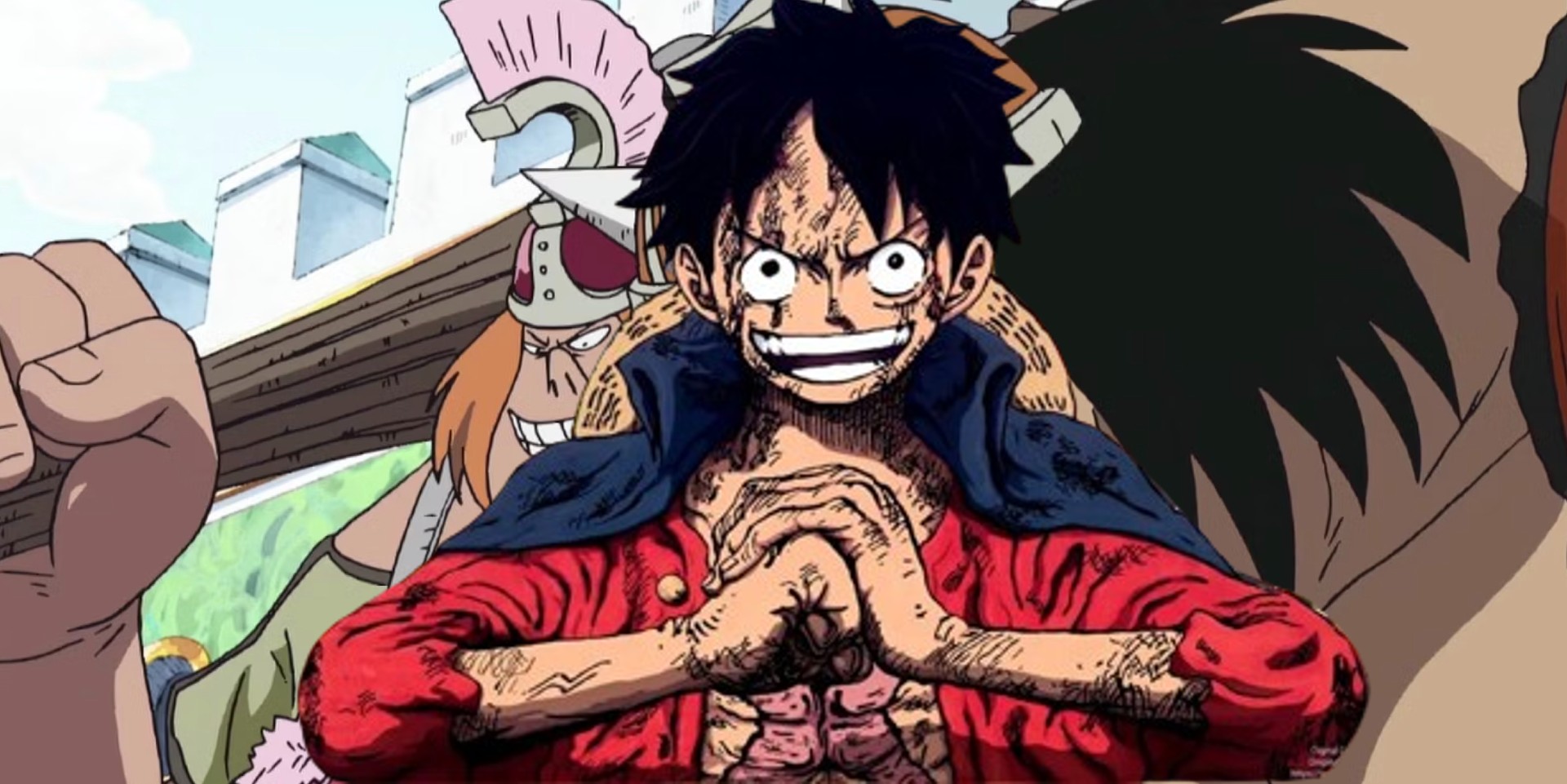
Fans theorize Blackbeard’s sisters took part with him in a “Devil Fruit Transfer” experiment to see if someone could gain two powers. Tragically, the experiment failed, as Agent Blueno confirmed and both his sisters perished.
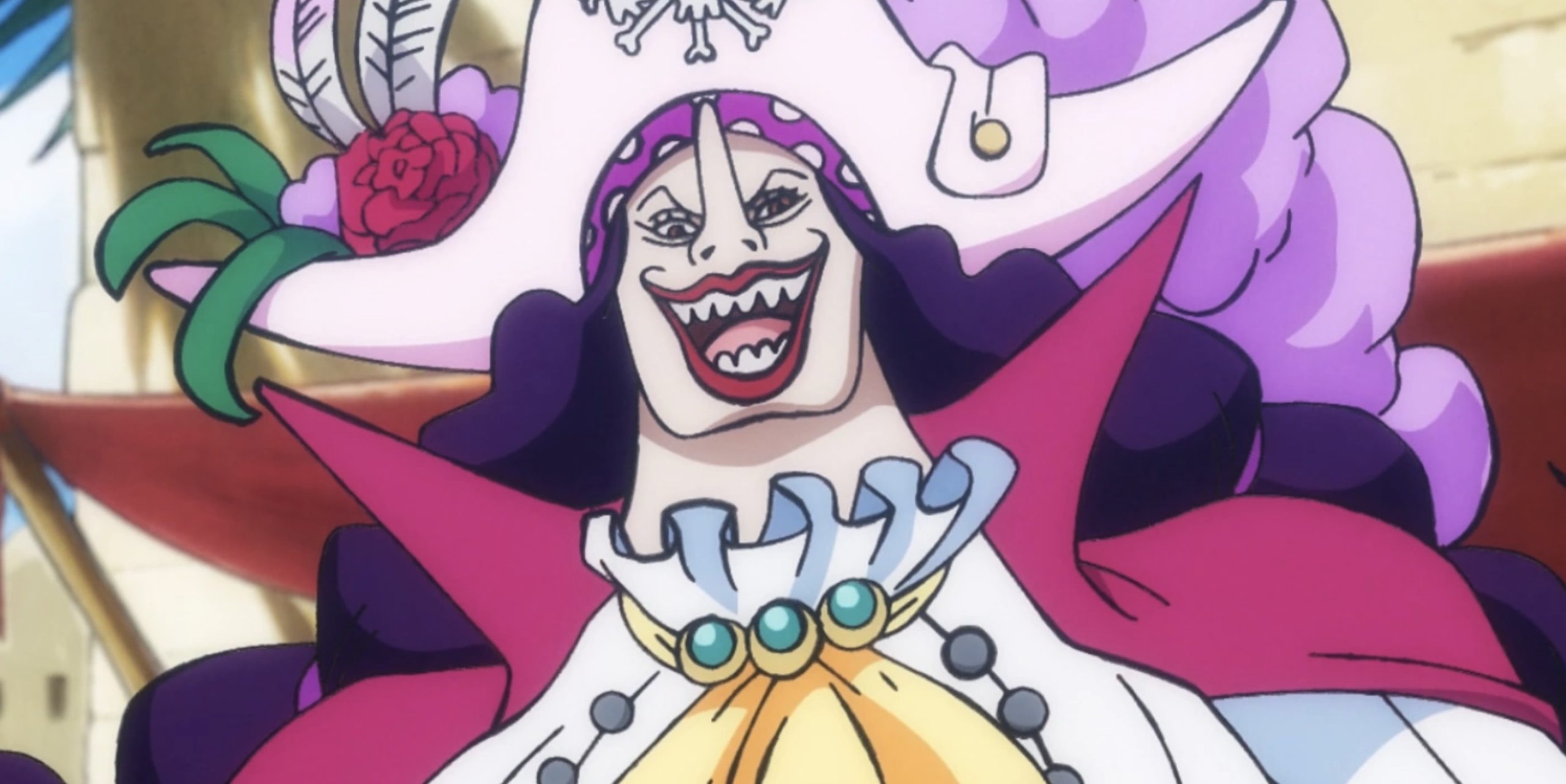
Teach was the lone survivor, becoming a Frankenstein-esque chimera with three souls inside — his own and those of his two sisters. This explains how he can harness three devil fruits, as his Jolly Roger indicates.
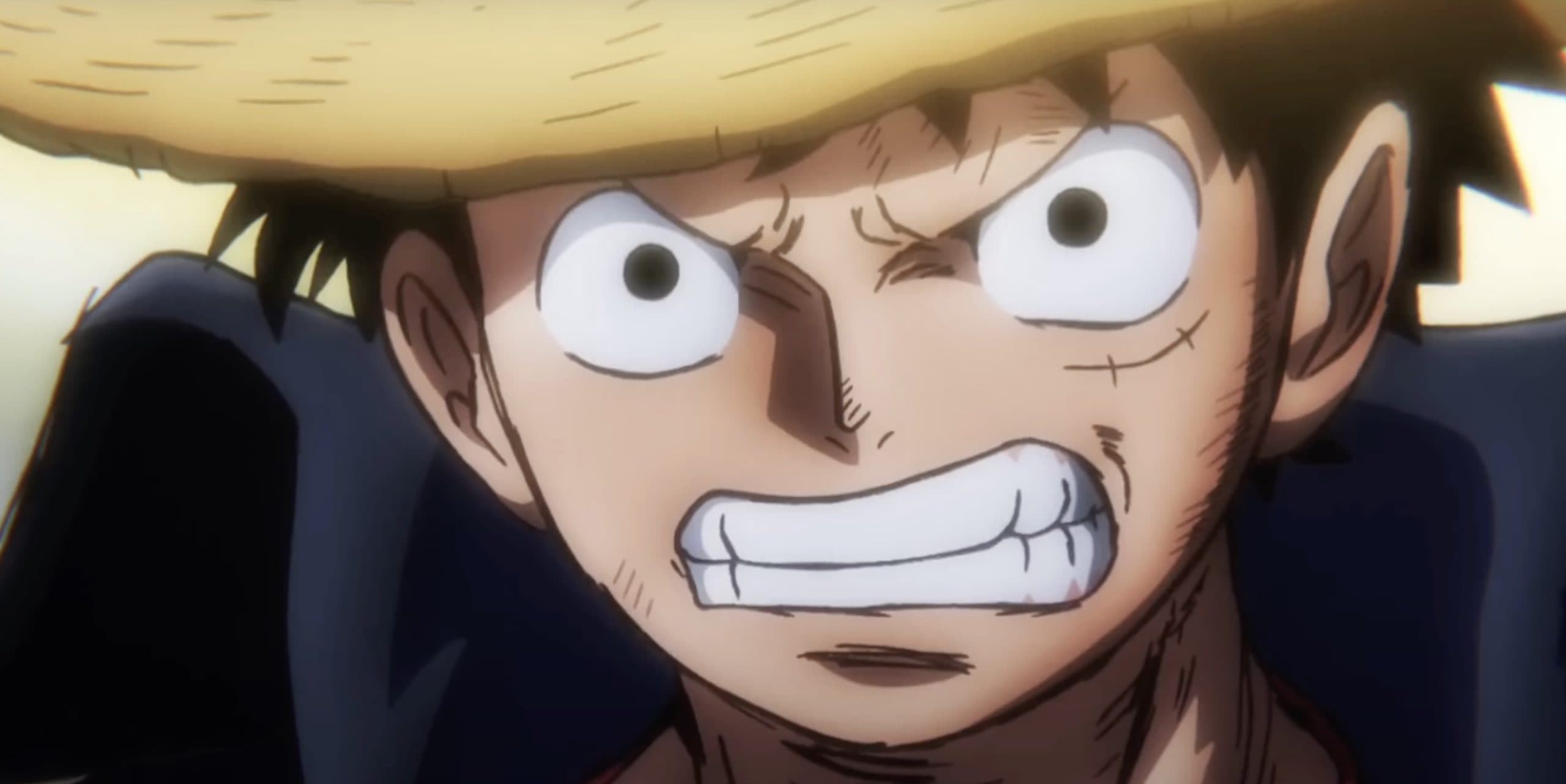
There are other One Piece references to the three skulls symbolism, like with ancient giants Oars and Oars Jr. They wore necklaces of three skulls possibly connected to Teach.

As revealed by warlord Gecko Moria in the Thriller Bark arc, Oars Jr.’s people came from a frozen country where the residents never sleep, as Luffy once mentioned.

Since Blackbeard also does not sleep and shares the three skull symbolism with the ancient giants, he may be a native of the frozen country as well. This could mean he had connections with the giants in his past.
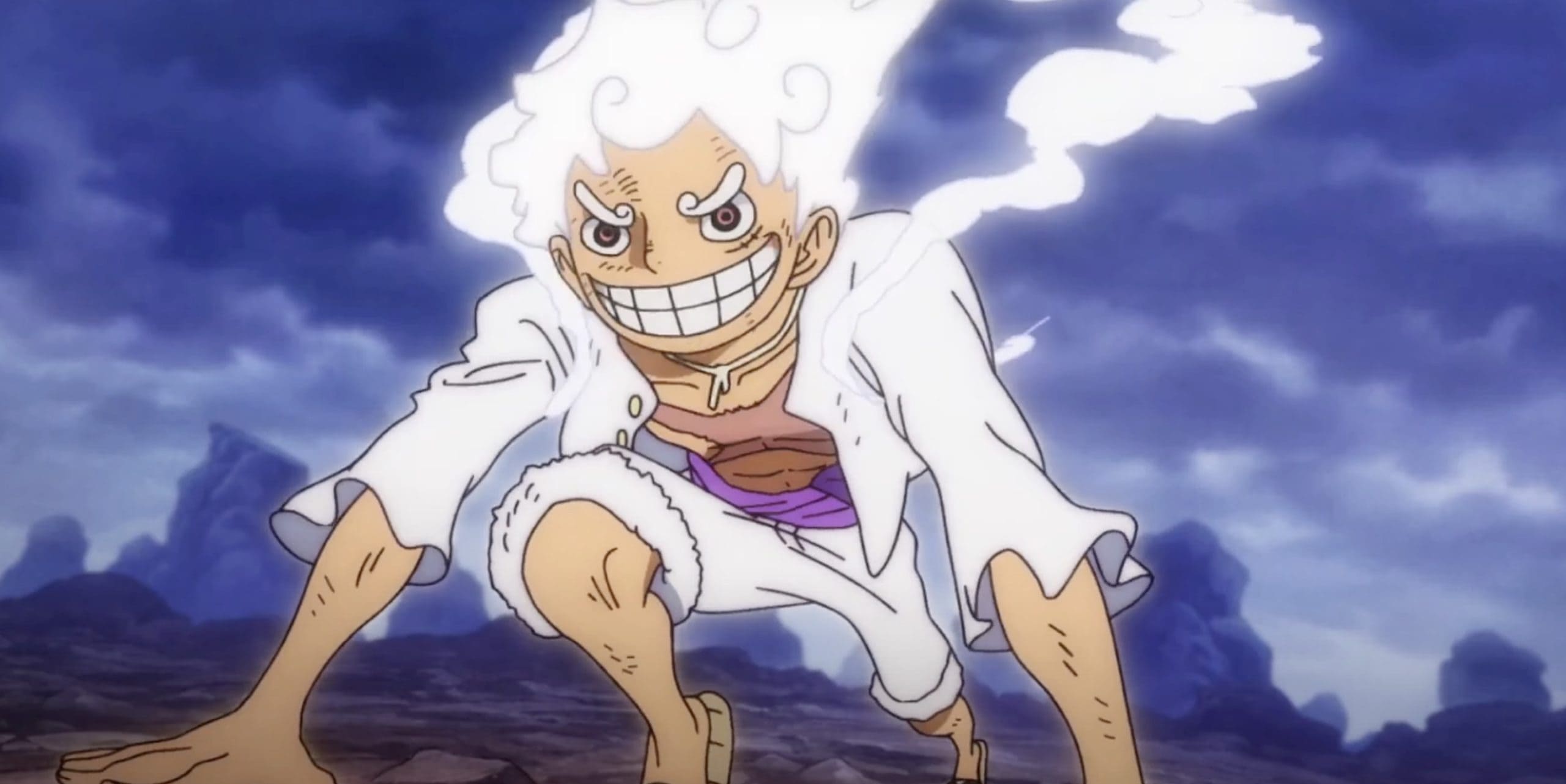
Fans also theorize Teach possesses the lineage factors of the ancient giants, explaining why his crew calls him “different” or “special.” Lineage factors have become more prominent in One Piece with the emergence of the Seraphim models.
Deciphering the Meaning Behind Pirate Jolly Rogers
The Jolly Roger is the primary symbol of a pirate crew, existing in countless variations to represent hundreds or thousands of different groups. It distinguishes their property, ships, and territory.
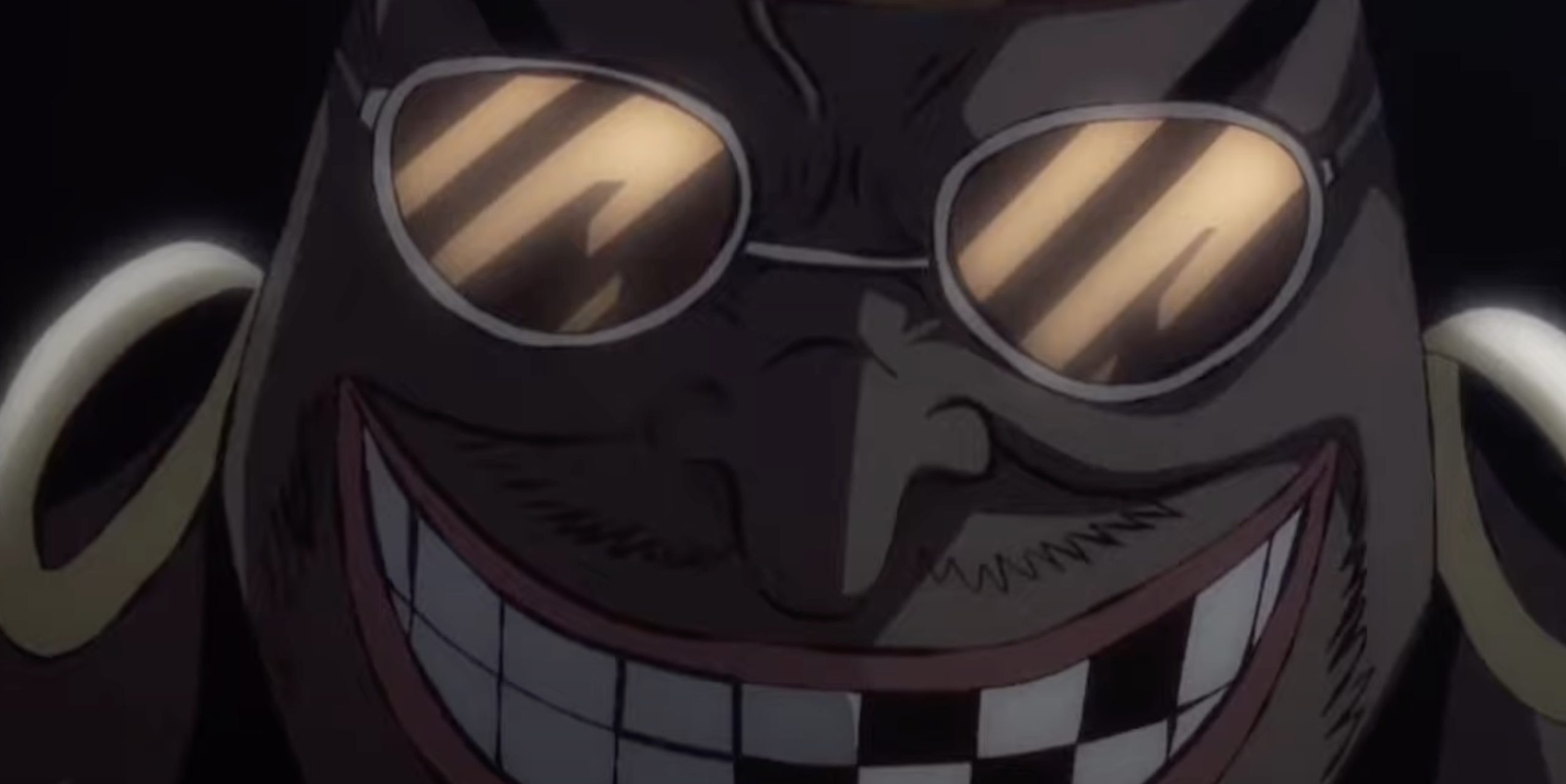
The basic Jolly Roger is a human skull over crossed bones intersecting diagonally.
Crews often modify it to reflect their captain – like Whitebeard’s mustache or Luffy’s straw hat. Some forgo the skull and bones altogether for other violent images.

But the symbol is more than an emblem. It encapsulates the essence and ambitions of those who sail under it.
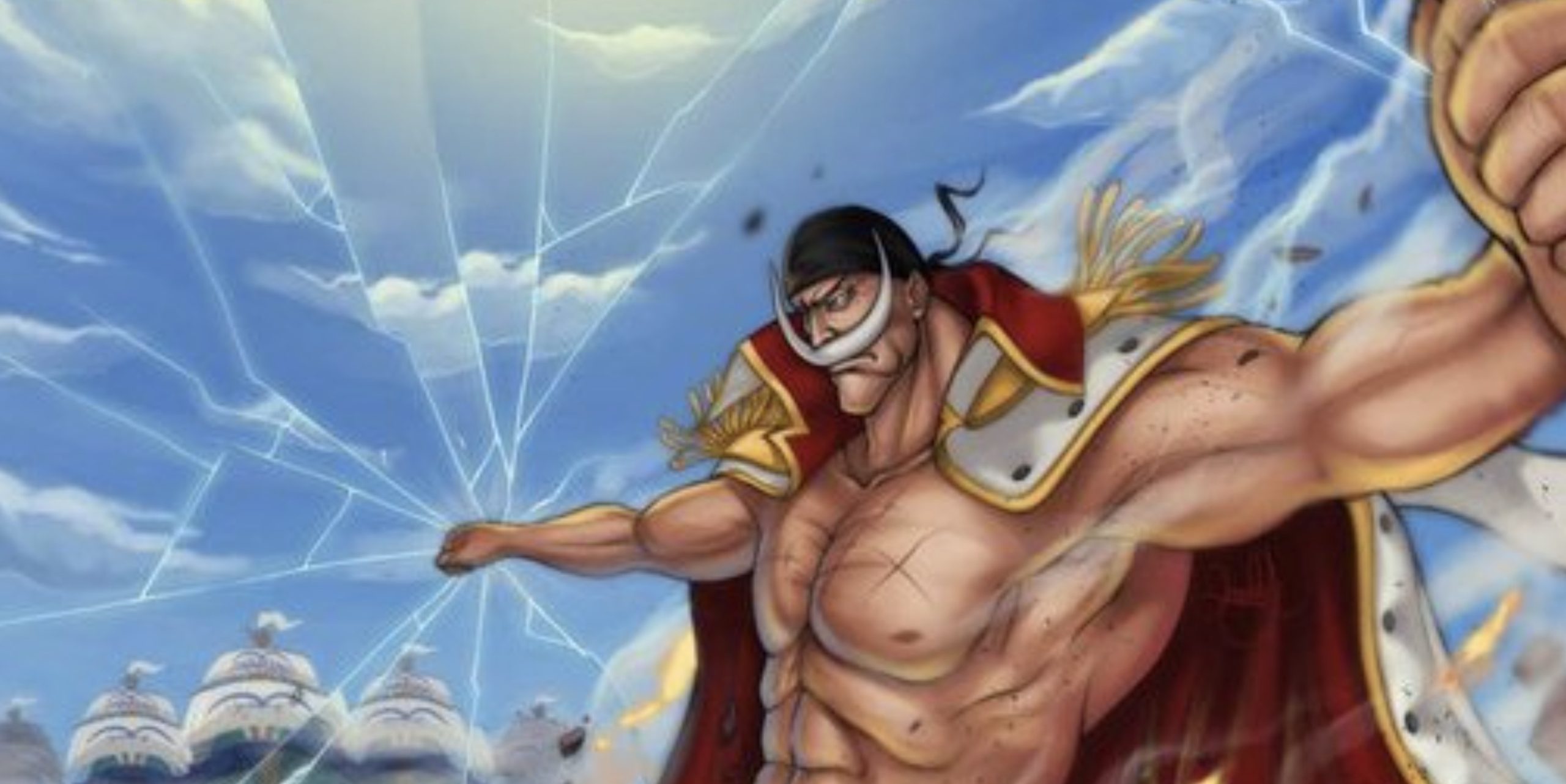
Theories link Blackbeard’s three-headed skull to the origins that made him a danger destined to stand apart from other pirates.
By decoding his banner, fans may uncover the truth behind a commander set to change the tide against Luffy.
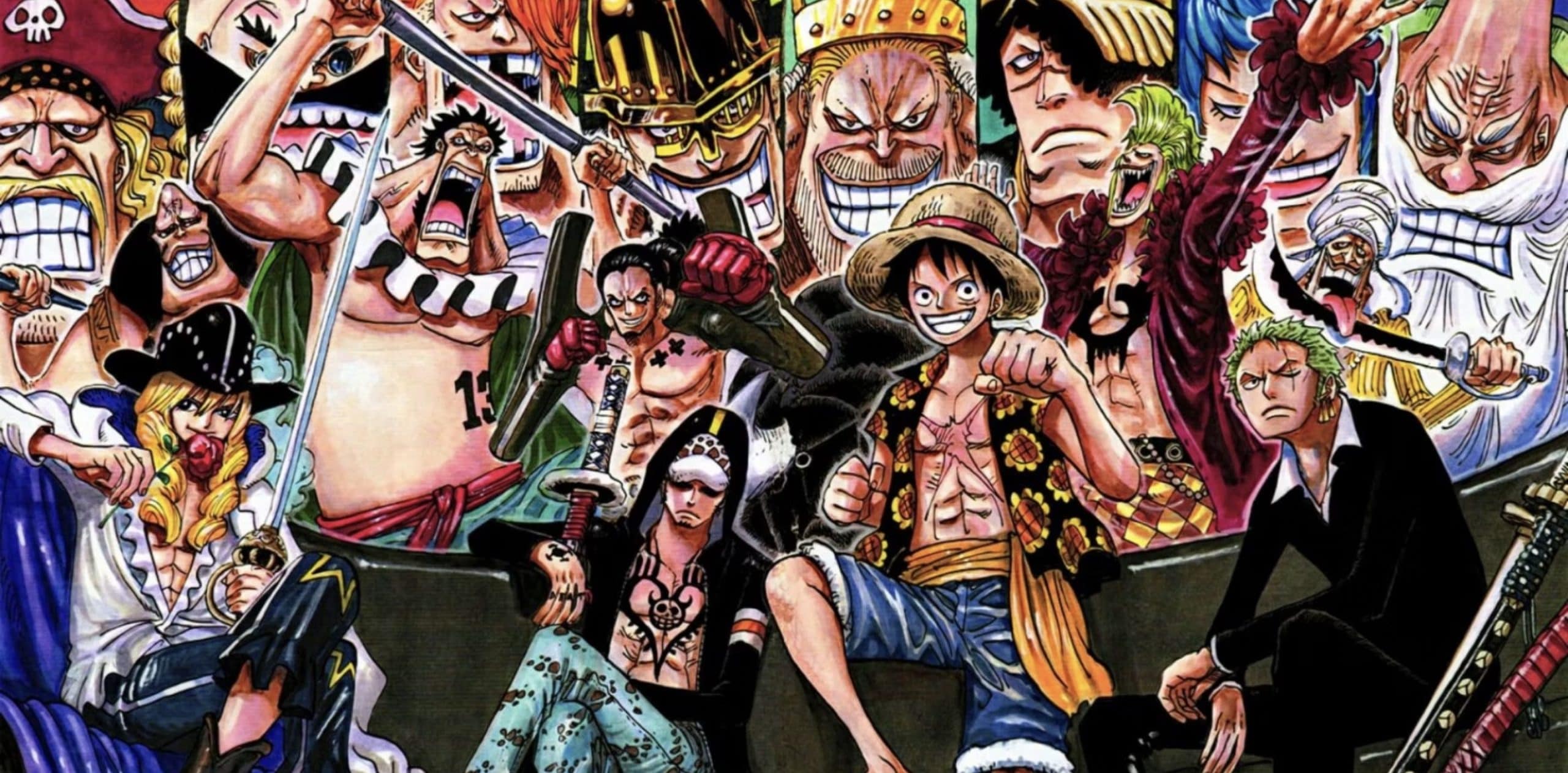
The Jolly Roger can send symbolic messages too. The Krieg pirates’ version displays hourglasses to signal time has run out for enemies.
Jolly Rogers appear most often on pirate flags and sails, but pirates also wear them on clothing or sport them as tattoos.
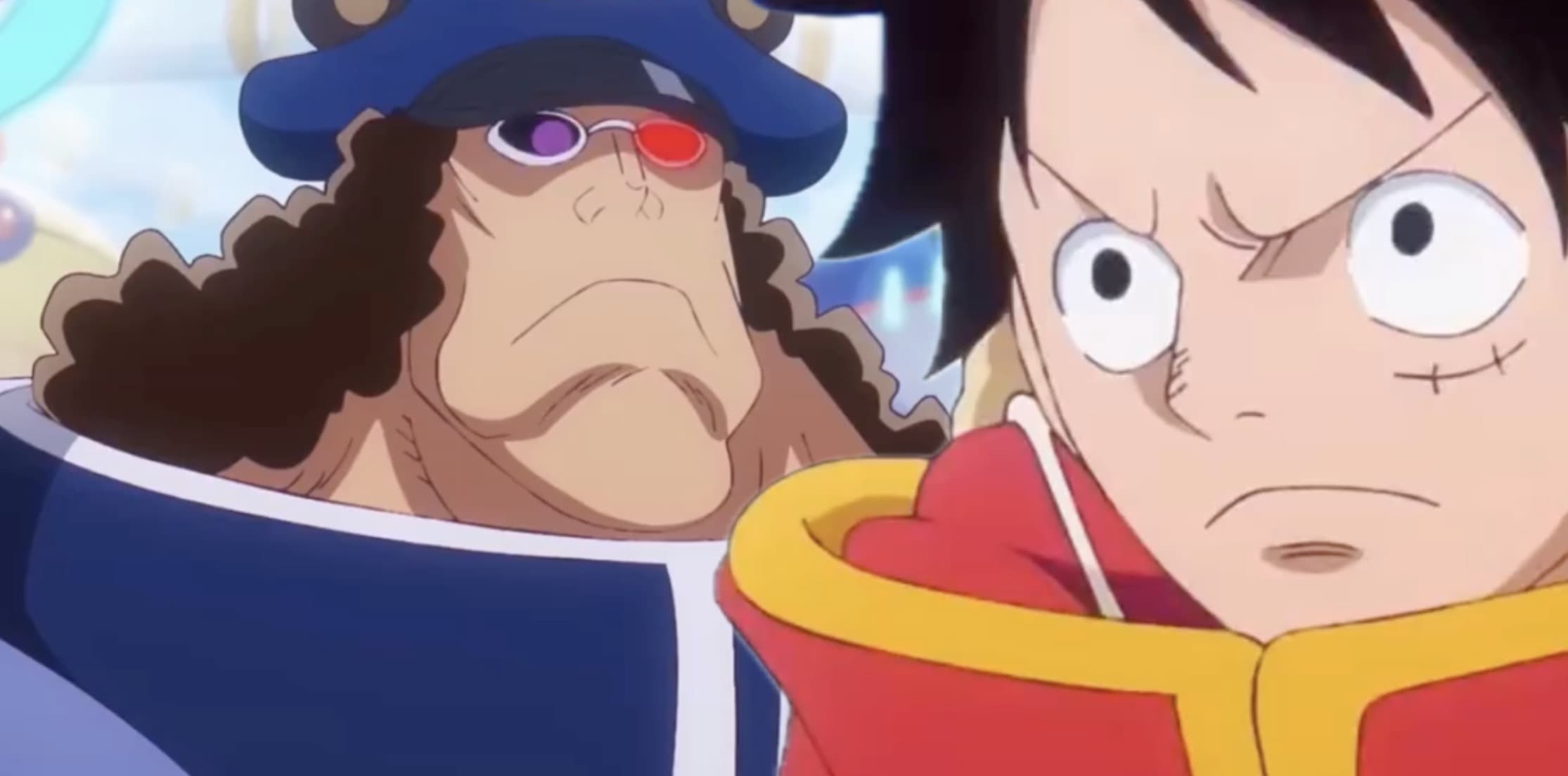
Since pirates and crews vary greatly, the Jolly Roger represents different, sometimes conflicting, ideas.

For many it signifies raw power – crews displaying strength to intimidate foes and prey. Infamous pirates like the Four Emperors mark whole islands with their symbol, claiming the location as their territory and promising protection or retribution.
But at times the emblem represents more than domination and violence. It can encapsulate the essence and ambition of those who sail beneath it. Decoding Blackbeard’s banner may reveal the origins that set him apart to stand as Luffy’s destined rival.

